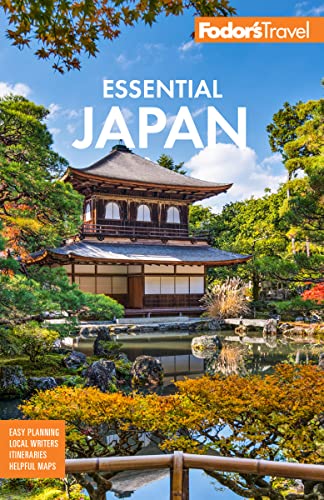Kumamoto is nearly midway along the curve of the west coast of Kyushu. From here you can go west to Nagasaki, north to Fukuoka, east to Aso-san, and south to Kagoshima.
The city has many sights, including the nationally famous Suizen-ji Garden, but the most renowned is Kumamoto Castle, a structure once deemed impregnable. Kiyomasa Kato ushered in the 17th century with the construction of a mighty fortress that was even bigger than the current replica, and he and his son held sway here until the 1630s. The Hosokawa clan then took over, and for the next few centuries Kumamoto was a center of the Tokugawa governmental authority.
In 1877 the real "Last Samurai," Saigo Takamori, brought his army of rebels here to battle untested Meiji government conscripts holed up inside. Things were looking grim for the rebels. Then Takamori ordered his starving men to butcher their horses for raw and ready food. Strengthened, they breached the castle 53 days into the siege. It may have been the first time raw horseflesh (ba-sashi) was eaten in Japan, but locals continue to devour it to help their stamina.
It is possible to see the homes of a number of notable residents, including the writers Lafcadio Hearn and Soseki Natsume, both of whom lived here for brief periods while teaching English.
The town's attractions are to the northeast, squeezed in between the Tsuboi and Shira rivers. Most of what constitutes downtown huddles around the old castle up there.
On April 14th, 2016, a strong earthquake (magnitude 6.5) shook Kumamoto; it was followed by a second stronger earthquake (magnitude 7.3) on April 16th, 2016. Fifty people were killed during the earthquakes, and more than 3,000 residents were injured. The total number of fatalities is now written at 225 to include those who died later of indirect causes such as illnesses that worsened due to evacuation. Damage was done to many of the city's buildings including Kumamoto Castle. The city is in a period of renewal made possible by the strength and resilience of its residents. It remains an excellent place to visit, and access to parts of the castle and historical buildings will increase as reconstruction continues.




